Just like the iPhone, Apple has now created the 'AirPods effect'
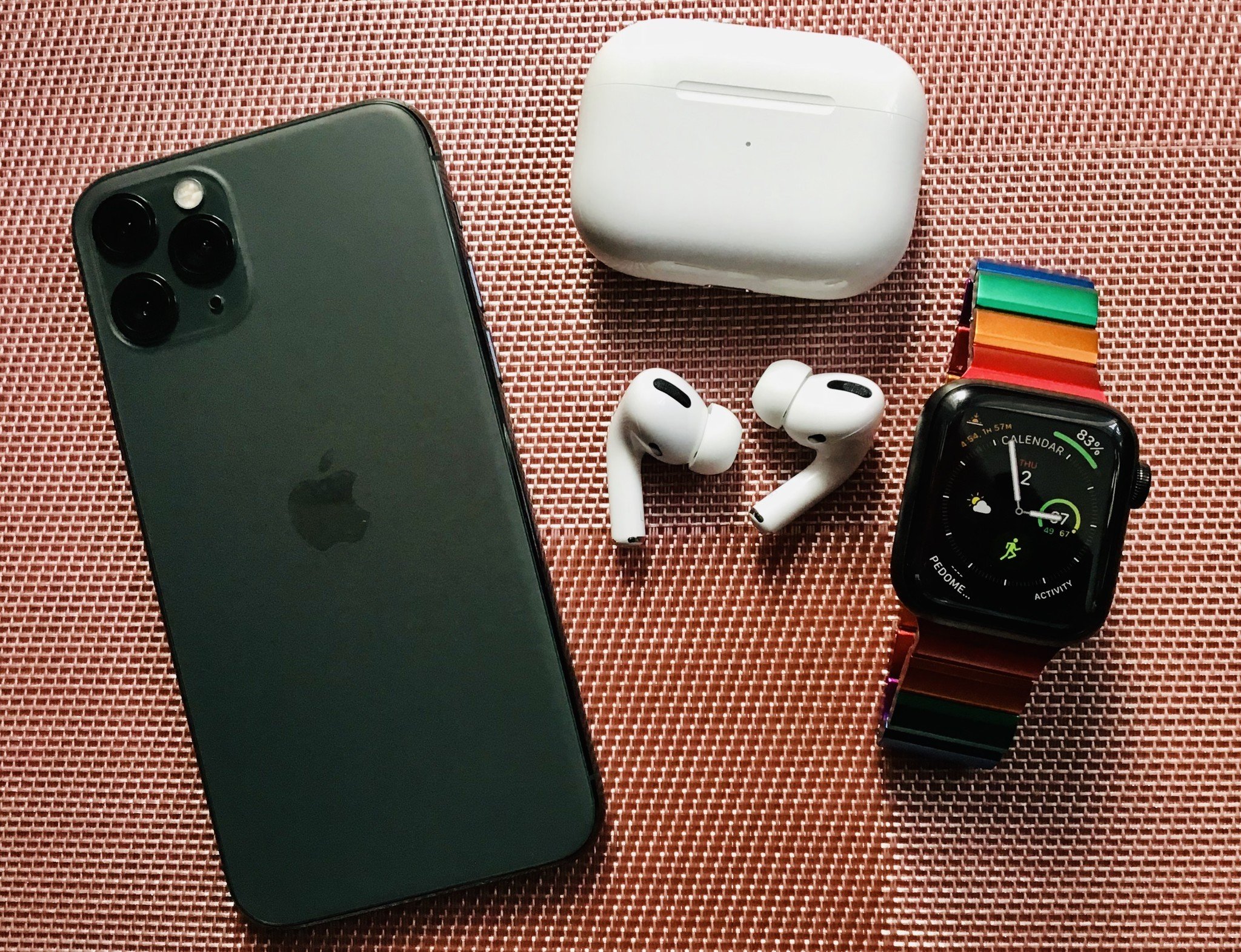
Remember the days of cell phones before the iPhone came out in 2007? Every single cellular device was distinctive with its own unique form factor, though there was never quite anything that would be quite as "lit" as the RAZR. Then the iPhone came out in 2007, and there was a shift in the cellular world: everything started to become a slab of glass with a touch screen and a main button or two. Ever since then, all smartphones have looked similar, with the Samsung Galaxy Fold finally breaking the mold.
History is now repeating itself, as the AirPods have created what I'm calling, "AirPods effect," which is sweeping the industry of wireless earbuds.

Small but mighty
AirPods Pro are the latest buds from Apple. It has the H1 chip for hands-free "Hey Siri" support, and it has Active Noise Cancellation with Transparency, 5-hours battery life, and a wireless charging case for up to an additional 24-hours of listening time.
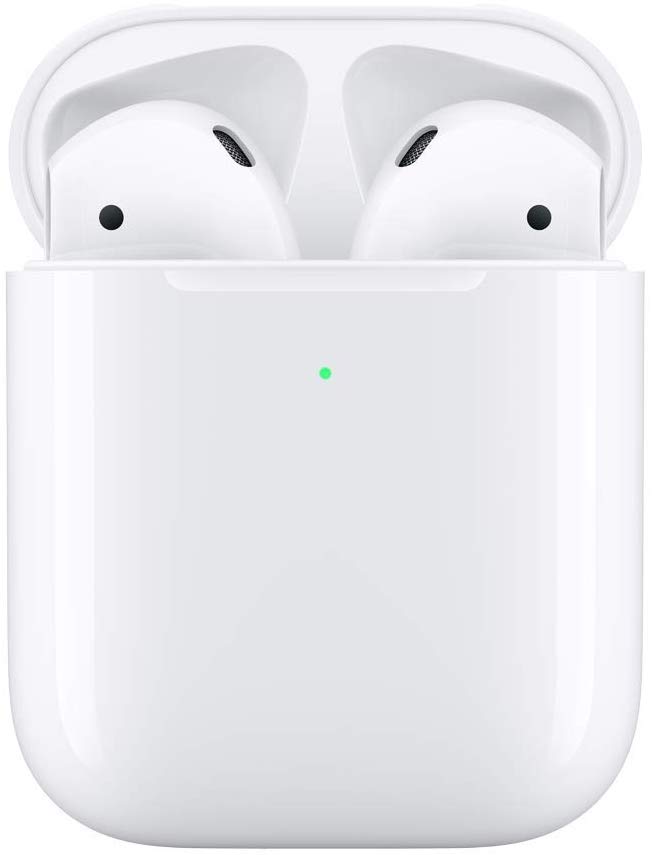
Show it off
The second-gen AirPods come with the H1 processing chip for hands-free "Hey Siri" support and have up to five-hours of battery life. You can opt for the wireless charging case, but there is the option for the standard charging case too if you want to save money.
History of the AirPods
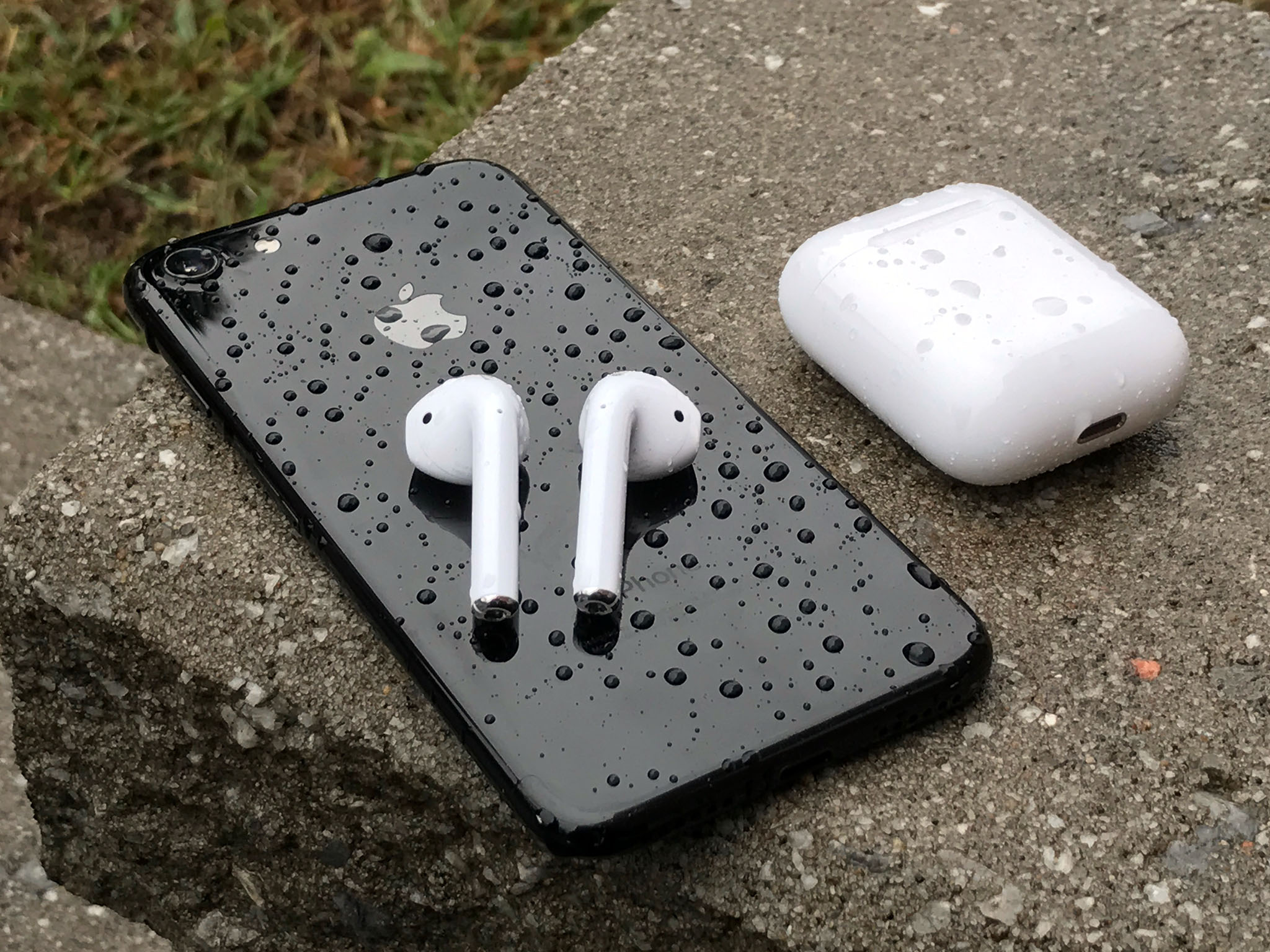
Apple first announced the first-generation AirPods during the Special Event in September 2016, alongside the iPhone 7 and iPhone 7 Plus. Before the AirPods, there weren't really any truly wireless earbuds — there were wireless earphones, which usually were connected with a cable between them, and they went around your neck. But for the left and right earbuds to be completely separate from each other, well, that was unheard of.
But wqhen the first-generation AirPods came out in December 2016 for a mere $159, things began to change. Not only were people using AirPods as a kind of "status symbol" (even though they don't fit well in some ears and sound quality was mediocre), but also other competitors began to make their own wireless earbuds too.
The first-generation AirPods were the first to bring Apple's proprietary W1 chip to the market, which optimized battery use and processes the Bluetooth 4.2 connection, as well as the audio quality. The W1 chip also made for a seamless pairing process with other Apple devices that were on iOS 10, macOS Sierra, watchOS 3, and later.
When March 2019 came along, the first-generation AirPods were discontinued for the AirPods 2, which was considered a minor upgrade bump. The AirPods 2 used the newer H1 processor chip that allowed for hands-free "Hey, Siri" support, as well as Bluetooth 5 support. It also had the option of a wireless charging case for $199 ($40 more than the standard charging case). Additionally, you could squeeze 50 percent more talk time from the AirPods 2 than its predecessor, and it would be faster to connect to devices.
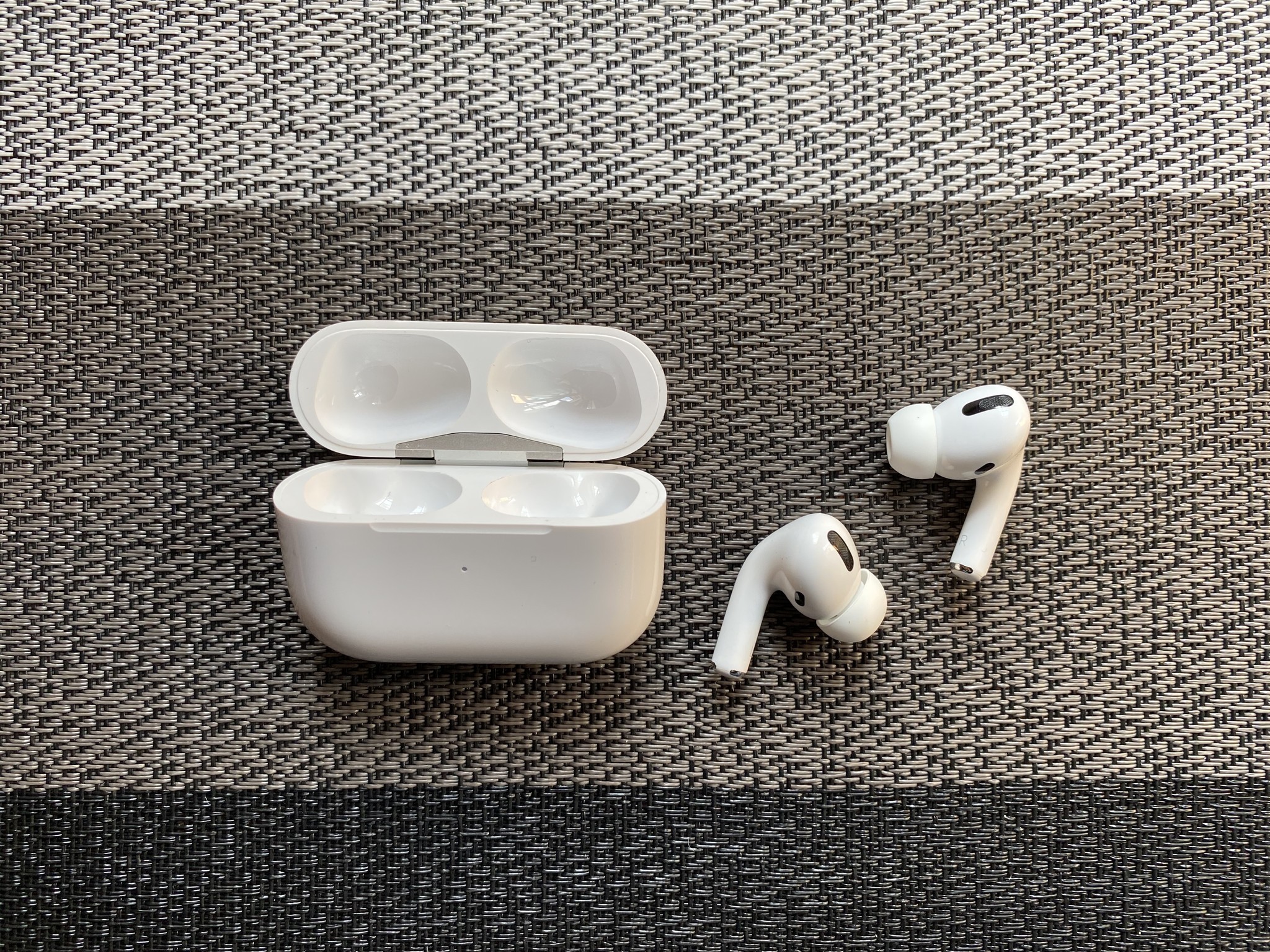
In October 2019, Apple announced the AirPods Pro for $249, and released them two days later, with the second-generation AirPods still available to purchase. The AirPods Pro use the same H1 processor chip as the AirPods 2, but have a brand new in-ear design with silicone eartips, Active Noise Cancellation (ANC) with Transparency, IPX4 water resistance, adaptive EQ, and a new force sensor on the stems. Battery life is around the same as the AirPods 2, but slightly less depending on if ANC or Transparency is on. And to help users get the right fit, Apple includes multiple sizes of interchangeable silicone tips.
iMore offers spot-on advice and guidance from our team of experts, with decades of Apple device experience to lean on. Learn more with iMore!
Apple has made some fantastic advancements with the AirPods and AirPods Pro over time, and the latter is even comparable to high-end headphones like Bose. Honestly, I love my AirPods Pro, and these earbuds are my go-to listening device pretty much everywhere, since it's much easier to carry.
AirPods break records and then some

The AirPods have exploded in popularity ever since they launched. The massive number of AirPods sales, along with Apple Watch and iPhone, has contributed to Apple's revenue stream for an all-new record for Q1 2020.
AirPods are everywhere — chances are you've seen people out in public with at least one AirPod in their ear, ready to take calls or just listening to some audio, whether it's a podcast or music. They've become a status symbol, a topic for memes, and one of the most-wanted gifts this past Christmas. The momentum behind AirPods doesn't seem to be slowing down, and it just proves that Apple isn't just "the iPhone company," it's now also an audio and wearable company too.
But it's also had a ripple effect among the market of wireless earbuds — everyone wants to be like Apple and its AirPods.
Beware of the counterfeits
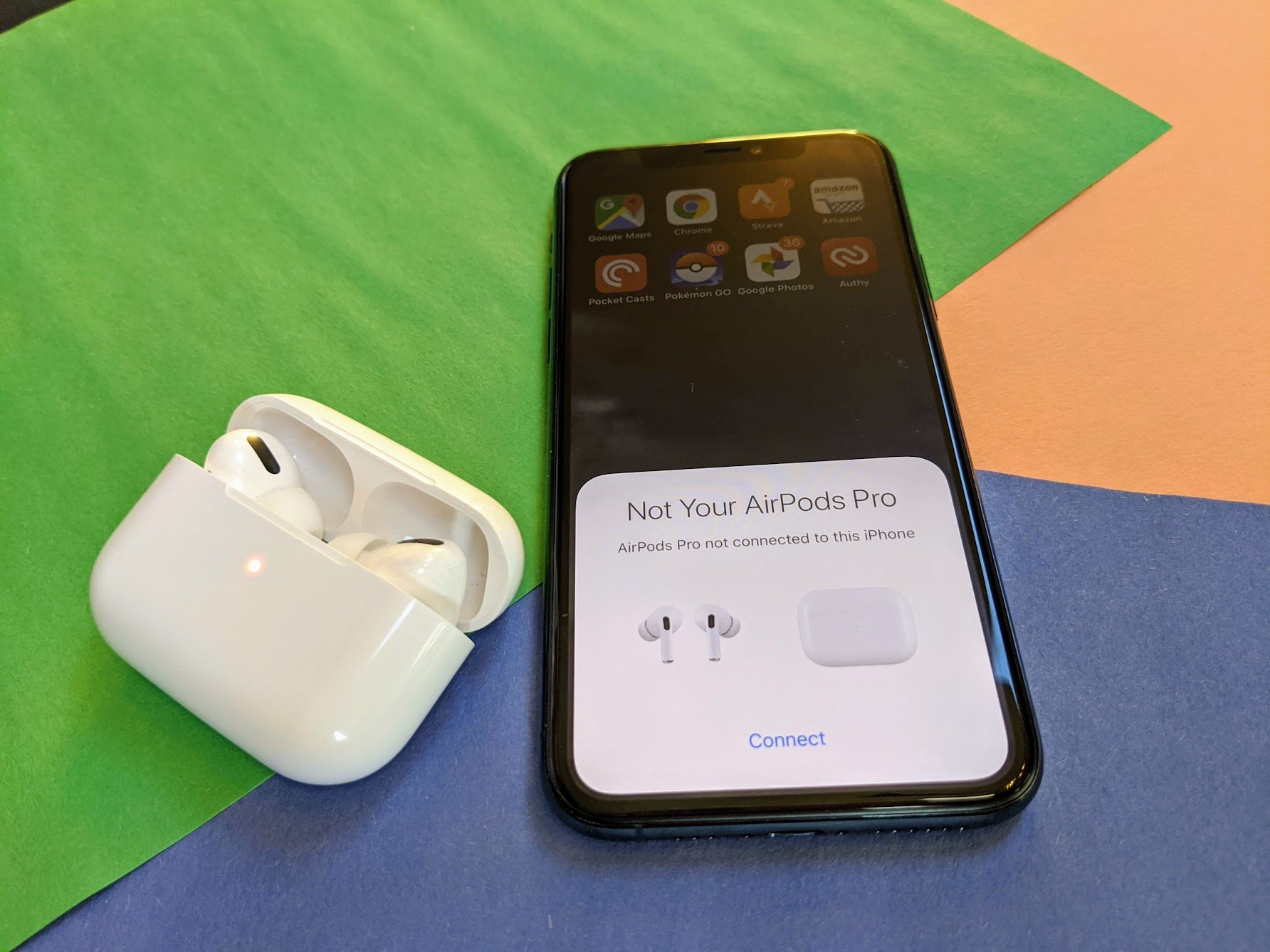
Just like with everything popular and expensive, there are going to be counterfeits out in the wild. Our own Russell Holly unknowingly bought counterfeit AirPods Pro, and everything seemed legit. That is, until he noticed there was no click with the stem's force sensor, and nothing happened when ANC or Transparency were "turned on."
As such, while you're shopping for AirPods, always make sure to get them from a reputable seller, such as a big box retailer or even directly from Apple. Even if you find some AirPods or AirPods Pro for sale on something like Facebook Marketplace or whatever, the counterfeits are just too sophisticated these days and will definitely fool you until you find out major features are completely absent.
But if the $249 price tag of AirPods Pro (or $149-$199 for AirPods 2) is a bit of a hard pill to swallow, or if AirPods just don't fit your ears — don't worry, there are other options because...
Everyone's trying to be Apple with their own version of AirPods
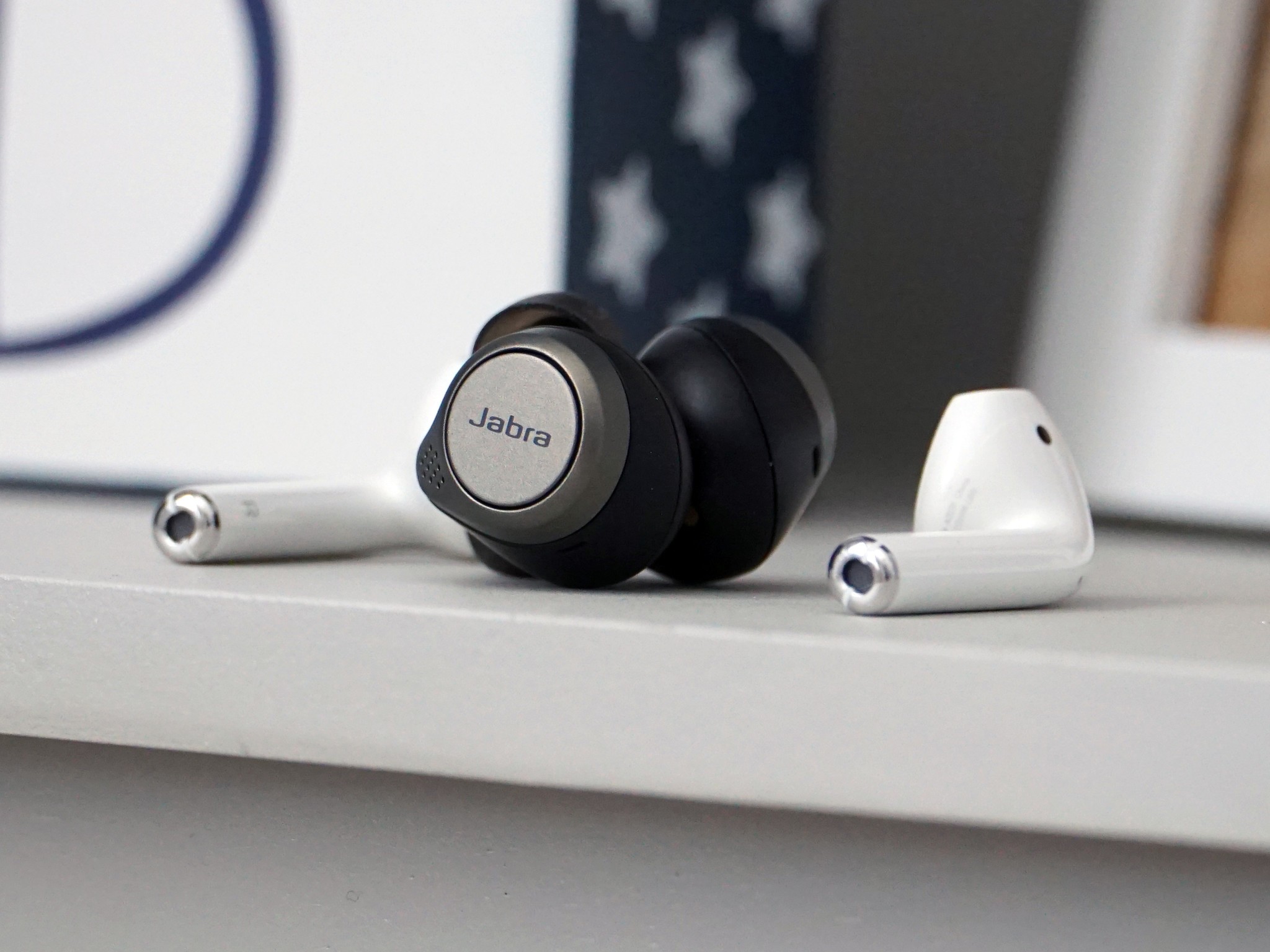
There may have been wireless buds before AirPods, but the form has really taken off since Apple entered the market. But of course, AirPods aren't for everyone. They're not the cheapest earbuds available, and they may not fit everyone's ears. I know the first-gen AirPods (which I still have) always felt like they were loose or slipping out of my ears, but I've had better luck with AirPods Pro.
But thanks to the "AirPods effect," there are many other brands coming out with their own versions of wireless earbuds, and that's not a bad thing at all. It started a chain reaction, and with various innovations from other brands, ultimately gives consumers as much choice as possible.
If you're interested in seeing what alternatives there are to AirPods, check out some of our recommendations. After all, AirPods and AirPods Pro are not a one-size-fits-all solution, so the AirPod effect is great in giving everyone more possible options for wireless in-ear buds. There are choices for every budget, brand preference, and even style (ear hooks, wireless or with a neck cord).
Best Alternatives to Apple AirPods in 2020
The bottom line
While I'm enjoying my AirPods Pro as my go-to daily earbuds, I know that they're not for everyone. They're pricey, and some of you may not like the in-ear fit. Or you prefer the original AirPods. You may even be using wireless earbuds from another brand, and that's okay. That's what's so magical about the AirPods effect — we have the freedom to choose what suits our own needs best.
Are you enjoying AirPods or AirPods Pro? Have your own preference of wireless buds? Drop your thoughts below!

Christine Romero-Chan was formerly a Senior Editor for iMore. She has been writing about technology, specifically Apple, for over a decade at a variety of websites. She is currently part of the Digital Trends team, and has been using Apple’s smartphone since the original iPhone back in 2007. While her main speciality is the iPhone, she also covers Apple Watch, iPad, and Mac when needed.
When she isn’t writing about Apple, Christine can often be found at Disneyland in Anaheim, California, as she is a passholder and obsessed with all things Disney, especially Star Wars. Christine also enjoys coffee, food, photography, mechanical keyboards, and spending as much time with her new daughter as possible.
